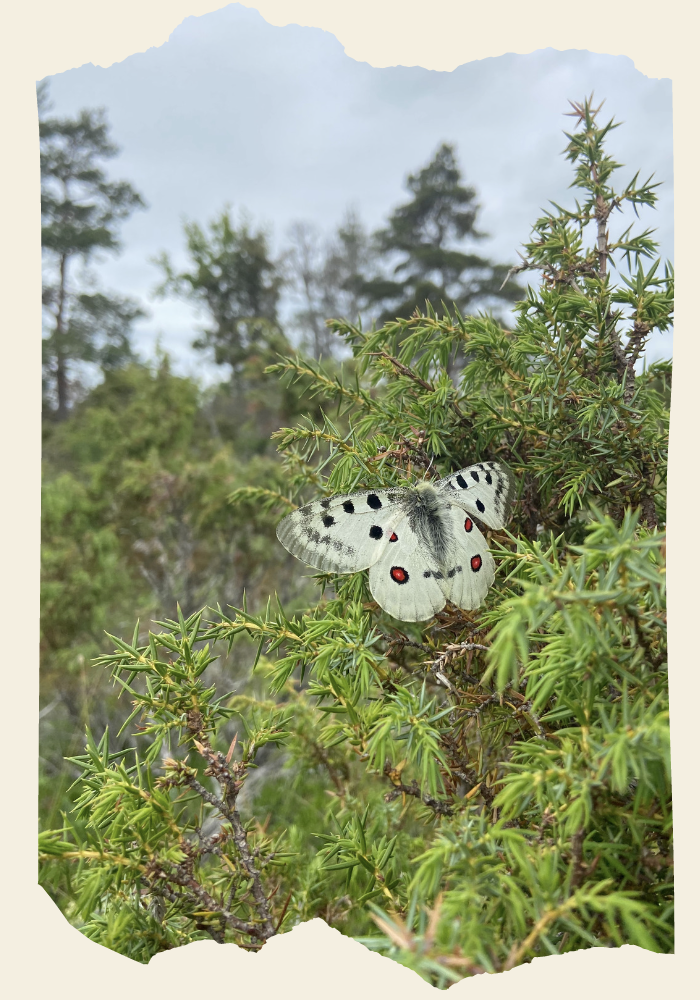Background
Aims
Human activities that cause habitat loss and fragmentation are major drivers of global biodiversity loss, prompting the development of numerous restoration projects aimed at countering these effects. However, the success of these projects is difficult to assess quantitatively.
Calcareous grasslands are particularly important for specialized species like the Apollo butterfly which rely on these ecosystems as habitats. Unfortunately, these grasslands have been significantly impacted by land use changes, resulting in severe population declines of specialized species.
For example, the Apollo butterfly population has declined by up to 30% across Europe, primarily due to anthropogenic factors. Overall, the population trend is downward, highly fragmented, and further declines in the future are likely.
We need to understand the habitat preferences and effects of restoration on species, but studies that follow such restorations are still largely lacking, and historical data to compare reference sites are typically limited. Butterflies are known to be sensitive indicators of environmental quality and change and are therefore ideal for assessing the impacts of habitat restoration.
By improving our understanding of specialized species’ habitat preferences and the impacts of habitat restoration, we can take steps to protect threatened species and maintain biodiversity in these important ecosystems.
- Improve understanding of habitat preferences of Apollo butterflies
- Compare Apollo density data across years in four study sites
- Evaluate the success of two differently targeted habitat restorations for this species on Gotland, Sweden
